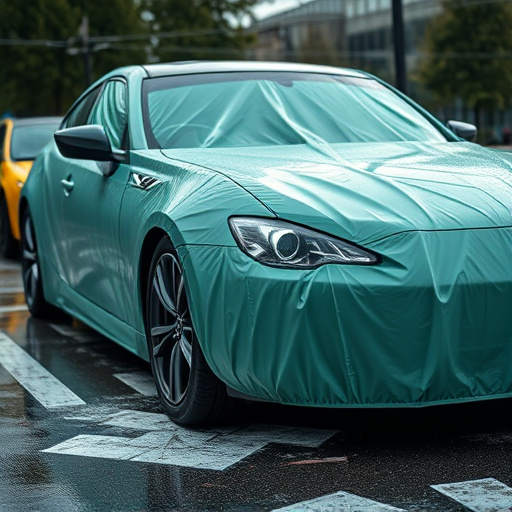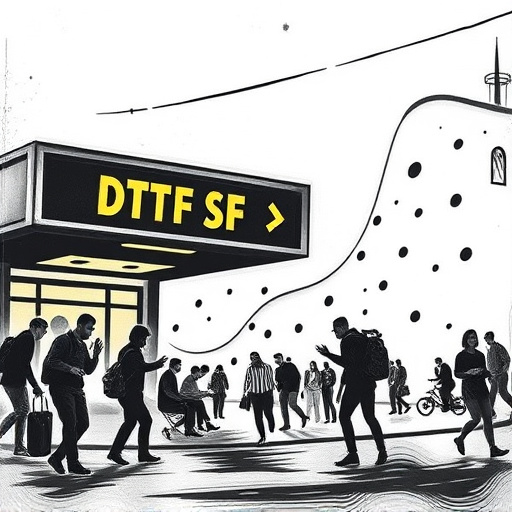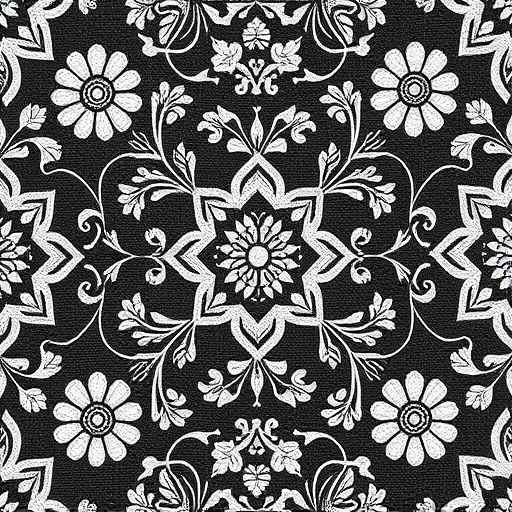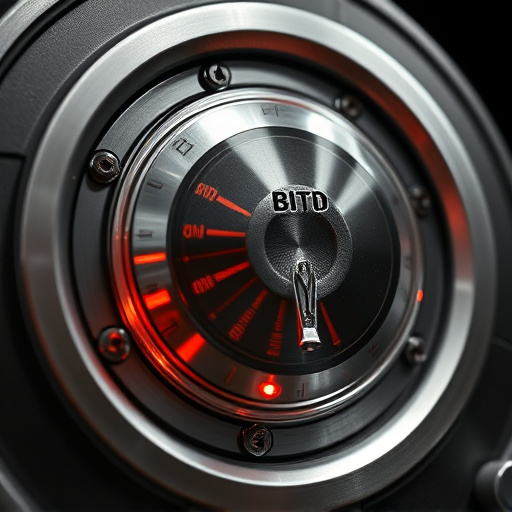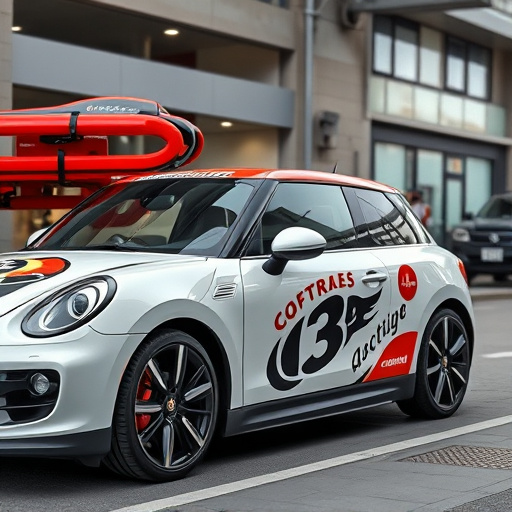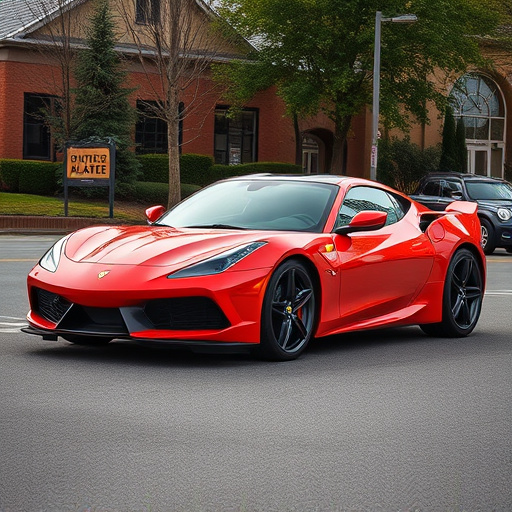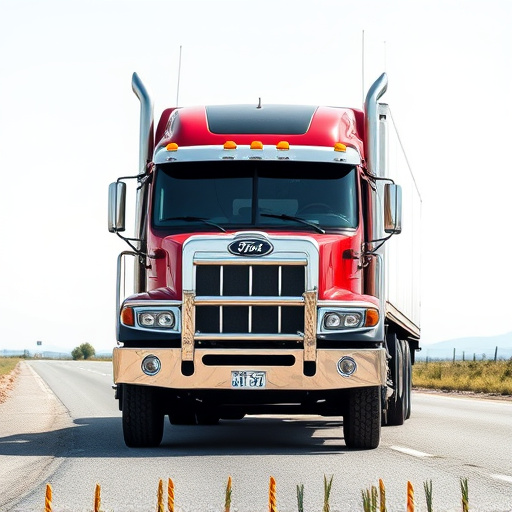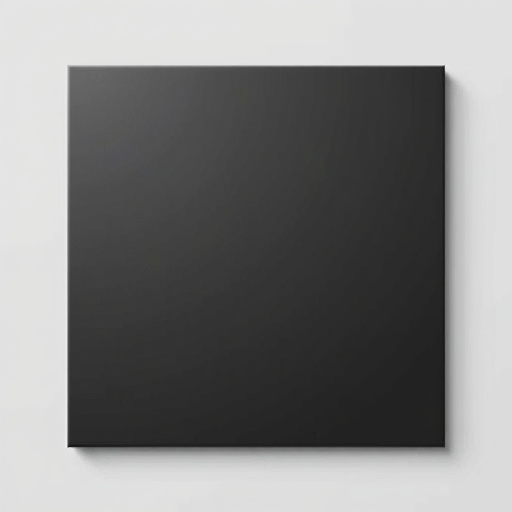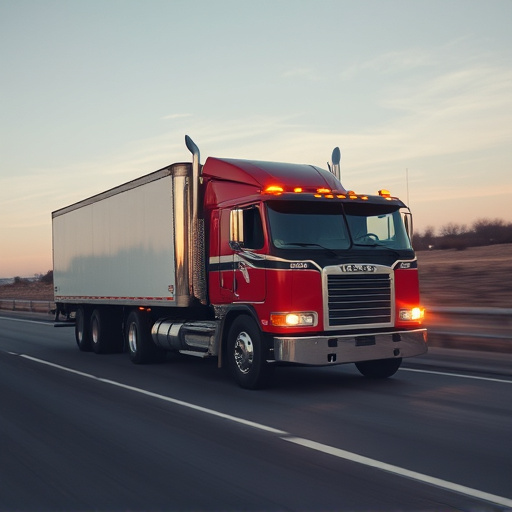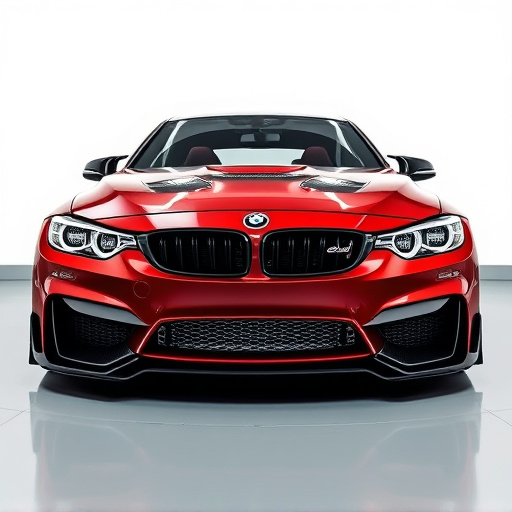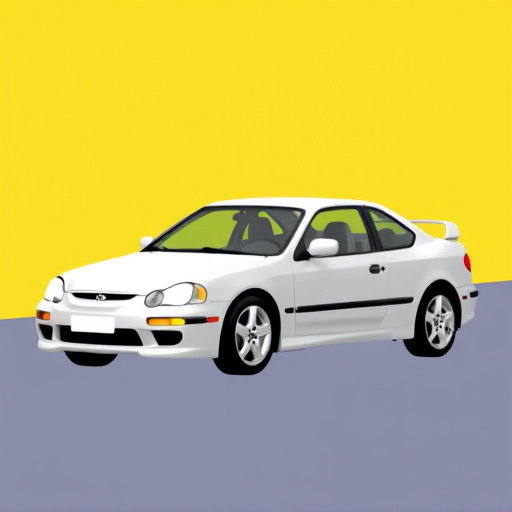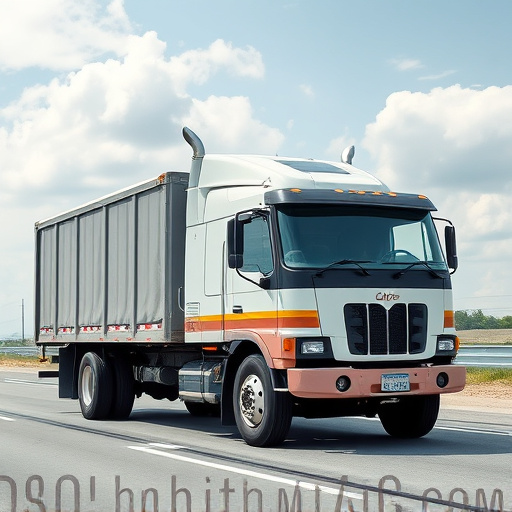Matte finish wraps are a sought-after option for car customization, offering reduced glare and superior scratch resistance. Achieving a flawless result requires understanding specific requirements like smooth surfaces and proper product selection. The right matte finish wraps and protective coatings ensure long-lasting durability and visual appeal, suitable for various vehicle types and unique design projects. Heat-resistant materials are key to maintaining integrity in diverse climate conditions.
Discover the secret to achieving a flawless matte finish on your wrapping projects! This comprehensive guide explores the art of selecting the best surfaces for matte finish wraps. Learn how to transform ordinary materials into stunning, professional-looking presentations. We’ll delve into the unique requirements of these wraps and uncover popular surface choices that guarantee optimal results. Uncover essential factors to consider when choosing the perfect material for your creative needs.
- Understanding Matte Finish Wraps and Their Requirements
- Popular Surface Options for Optimal Results
- Factors to Consider When Choosing the Right Material
Understanding Matte Finish Wraps and Their Requirements
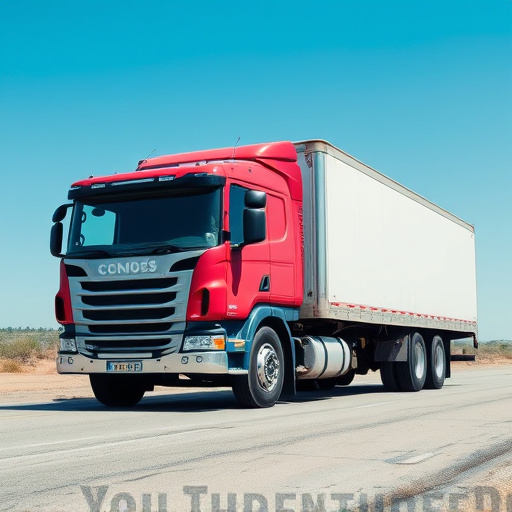
Matte finish wraps are a popular choice for those seeking a unique and low-maintenance exterior look. Unlike glossy or semi-gloss finishes that reflect light, matte wraps provide a subtle, non-reflective surface. This aesthetic is not only visually appealing but also offers practical benefits such as reduced glare and improved scratch resistance.
To achieve and maintain a high-quality matte finish, it’s crucial to understand the specific requirements of these wraps. Unlike traditional paint or ceramic coatings that offer a variety of finishes, matte wraps demand a precise application process. The surface must be clean, smooth, and free from contaminants to ensure optimal adhesion. Additionally, using top-tier products designed for matte finishes, such as specialized adhesives and sealants, is essential for achieving the desired look and durability. This includes considering factors like base preparation, climate conditions during application, and post-application curing time. By adhering to these guidelines, users can enhance their vehicle’s appearance with a long-lasting, eye-catching matte finish that stands out in any collection of vehicle enhancements.
Popular Surface Options for Optimal Results
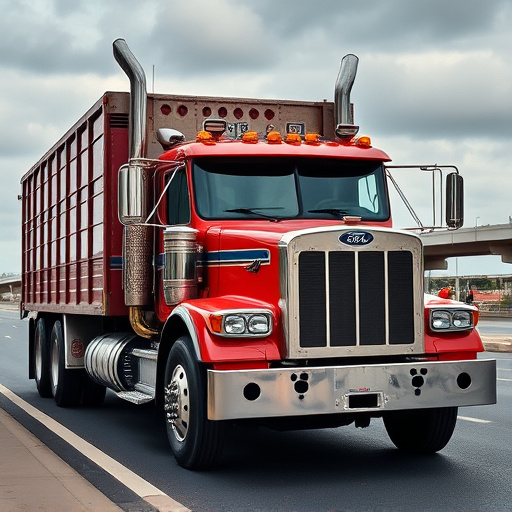
When it comes to achieving a flawless matte finish for wraps—be it on vehicles, furniture, or decorative objects—the choice of surface is paramount. Popular options include various types of matte finish wraps themselves, which are designed to adhere well and maintain their smoothness on smooth surfaces like painted metal, glass, and plastic. For an even more durable solution, combining these wraps with protective coatings can offer added protection against scratches and fading, preserving the intense matte appearance over time.
Another popular choice is vinyl wraps, which are known for their versatility and ability to conform to contoured surfaces while maintaining a crisp finish. This makes them ideal not only for car bodies but also for creating unique designs on various items. Even window tinting films can contribute to the matte aesthetic when applied correctly, offering both visual appeal and privacy, though they may require additional protective layering for long-lasting durability, similar to other surface treatments.
Factors to Consider When Choosing the Right Material
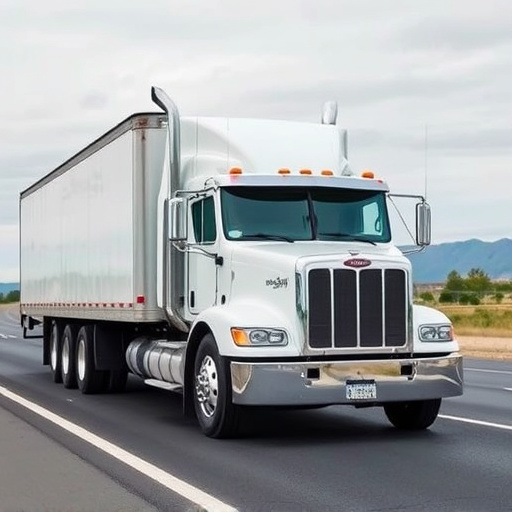
When selecting materials for matte finish wraps, several factors come into play to ensure the best results. The primary consideration is the surface’s ability to accept and retain the desired matte finish. Smooth, non-reflective surfaces are ideal as they provide a canvas-like texture that allows for better adherence of the wrap material. This is particularly important when applying custom graphics, ensuring the design elements blend seamlessly into the surface without any distortions or reflections.
Additionally, the choice of material should factor in practical considerations like heat rejection, especially in car customization. Matte finishes can be sensitive to high temperatures, so materials that offer insulation and resist heat transfer are advantageous. This is crucial for maintaining the integrity of the wrap over time, particularly in regions with extreme climate conditions. Thus, understanding the surface properties and their compatibility with matte finish wraps is key to achieving a long-lasting, visually appealing result, whether for custom graphics or overall vehicle aesthetics.
When it comes to achieving a flawless matte finish for your wrapping needs, understanding the unique requirements of this technique is key. The right surface plays a pivotal role in determining the final outcome. Opting for suitable materials like high-quality paper, canvas, or specialized non-woven fabrics ensures optimal results. By carefully considering factors such as texture, porosity, and color absorption, you can enhance the aesthetic appeal of matte finish wraps, making them a popular choice for various creative applications.
